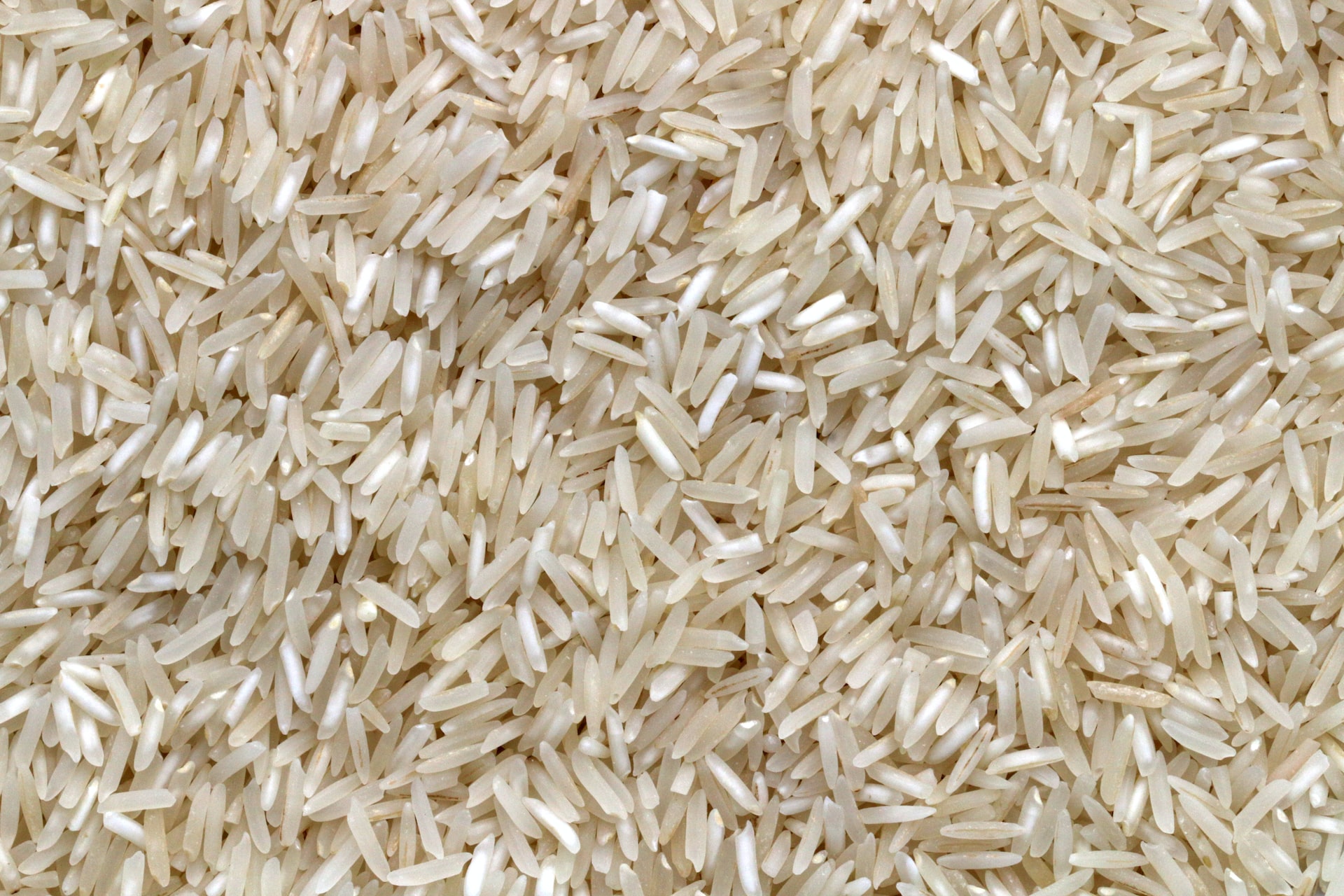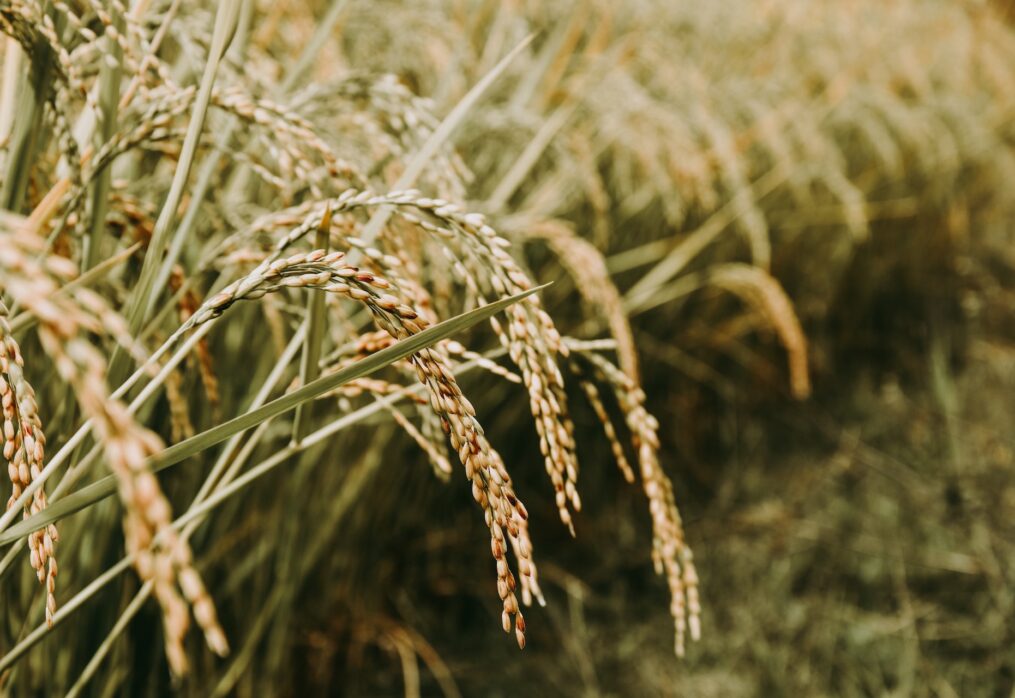White gold: Indian scientists have developed a new rice variety
New white gold requires less phosphorus fertilizer
Last year was difficult for all industries without exception. For some, it exacerbated existing problems, while for others it revealed new ones. As for the agricultural sector, the lack and high prices of mineral fertilizers were a real test for producers. This has forced scientists to increase their work in terms of developing new varieties that can adapt to the current realities. The first success in this area is the white gold variety, as the world calls rice, which requires 30 percent less fertilizer than other varieties.
The discovery was made by scientists at a rice research institute in India. They have bred a variety of culture which requires less phosphorus for full growth. They have already harvested white gold in Rajendranagar and have given some of the seeds to 20 farmers to grow in the Telangana and Karnataka regions.
It should be noted that Indian scientists have done tremendous work, which lasted for 25 years. During this period, the institute’s specialists bred four varieties of rice. Their yield is about 5.2 tons per hectare, and they require about 60 kilograms of phosphorus to grow. The ripening period for the grain is 125-130 days. According to scientists, new varieties can be planted on an area of 3-4 million hectares, and these must be fields of certain regions. The point is that rice was created taking into account the area where it will be grown and its climatic characteristics.
According to scientists, new varieties can be planted on an area of 3-4 million hectares, and these must be fields of certain regions. The point is that rice was created taking into account the area where it will be grown and its climatic characteristics.
The genotypes are based on an analysis of rice genotypes that grow in regions with low levels of phosphorus. Scientists identified the genes that are responsible for this ability of rice to compensate for the lack of the element and transplanted it to another variety of rice that has high-yield characteristics.
Phosphorus plays one of the key roles in normal crop life. It is responsible for the processes of energy storage and transfer in cells. The trace element is essential for the normal growth of raw rice, and it also increases the ability of the root system to absorb the maximum amount of nitrogen from the soil, thereby contributing to a high protein content in the grain.
Fields in most regions of India are deficient in phosphorus, and even when fertilizing the land, some of the element flows into rivers and lakes because of precipitation. To replenish the required amount, farmers often apply the substances, which requires a financial investment. In addition, almost all phosphate fertilizers are imported, and to reduce the cost to rice producers, the Indian government provides subsidies, which have a significant impact on the budget. For example, during the last marketing season, India purchased 75 million tons of such fertilizers on the world market, which accounts for about 30% of all fertilizer imports in the country.
